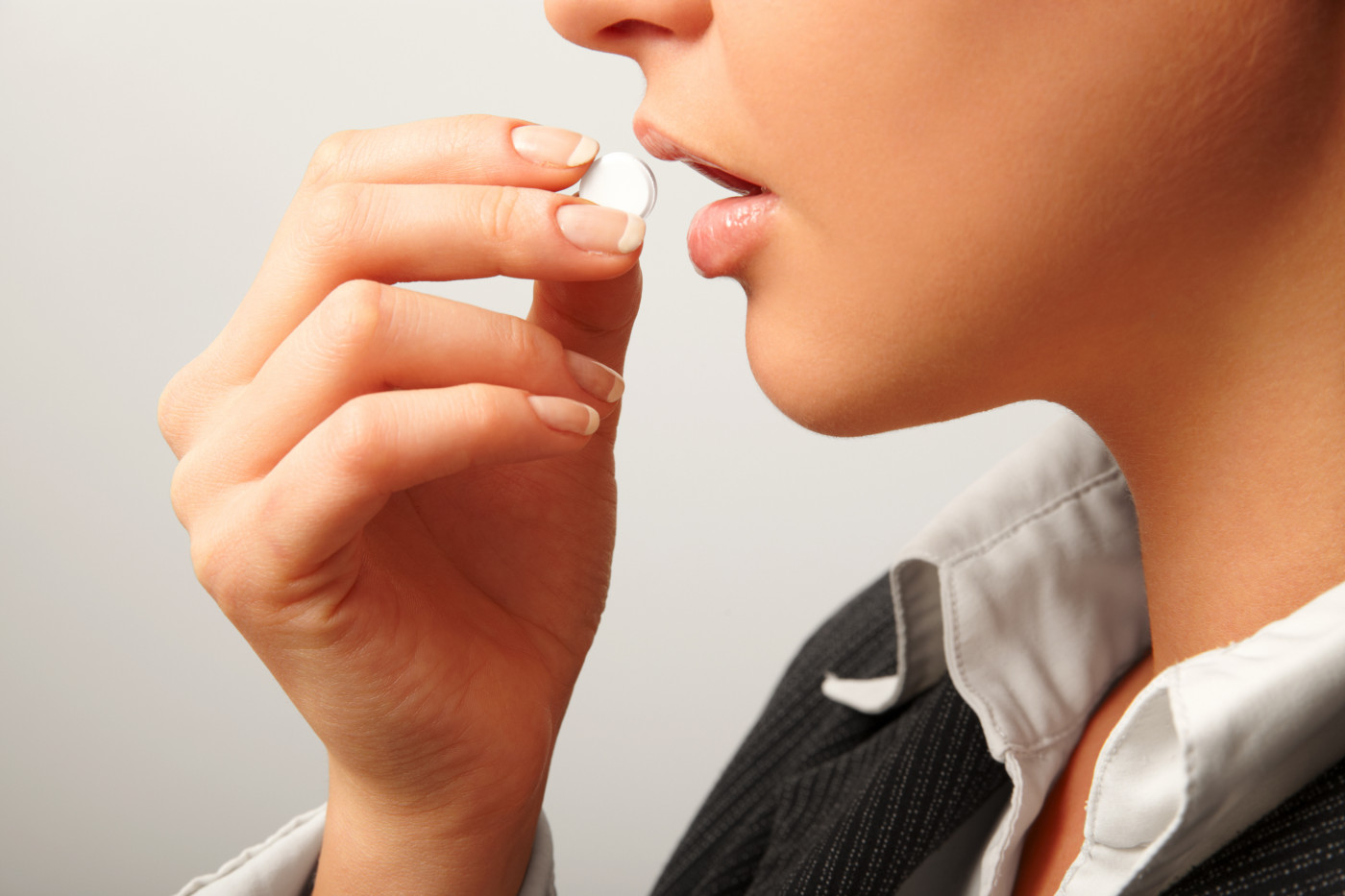Sex Hormones Not Found to Play a Role in PAH Development in Single-Center Study

Despite previous evidence to the contrary, a single-center study suggests that sex hormones do not influence the development or progression of pulmonary arterial hypertension (PAH), nor do they explain the higher prevalence of PAH in women.
Exposure to sex hormones, either due to external sources like oral contraceptives and steroids for bodybuilding or internal sources such as pregnancy, was not found to be significantly higher in people with PAH than in those without the condition.
However, the researchers did find that menopausal status may influence disease severity, though additional studies are needed to validate this hypothesis.
The study, “Sex hormone exposure and reproductive factors in pulmonary arterial hypertension: a case–control study,” was published in the journal Pulmonary Circulation.
PAH is a rare type of pulmonary hypertension that affects more women than men — for each man affected, somewhere between 1.7 and four women have the disease.
Some studies have strongly suggested that sex hormones, particularly the female sex hormone estrogen, are involved in the development and progression of PAH. Women are more often diagnosed with the disease after puberty or after pregnancy, when hormonal changes are more pronounced. In addition, one study suggested that more than 80% of women with PAH have used hormone therapy.
To find out if there is an association between sex hormones and PAH, U.S. researchers examined prior hormone exposure and reproductive factors in 634 PAH patients included in the Vanderbilt Pulmonary Hypertension Research Cohort.
Of the participants with PAH, 219 had heritable PAH, 212 had PAH of unknown cause (idiopathic PAH), and 203 had PAH caused by an underlying condition. Patients with heritable disease were younger and had more severe disease at diagnosis than the others, “consistent with prior reports,” according to researchers.
These were compared with 27 individuals from the Vanderbilt Familial Pulmonary Hypertension Registry who carried mutations in the BMPR2 gene — a known genetic risk factor for PAH — but did not have PAH, and 132 healthy individuals from the ResearchMatch program.
Participants were asked to fill out a questionnaire, in which they answered questions regarding age of first menstruation, number of pregnancies, duration of breastfeeding, menopausal status, use of oral contraceptives, hormone replacement therapy, or androgens (such as those used in bodybuilding), and duration of use, among other factors. These factors provide a good overall estimate of a person’s lifelong estrogen exposure.
Men only had to fill out the number of children and data related to use of androgens.
There were no differences in hormone exposure between patients and healthy controls, as a similar proportion of participants in both groups had taken hormone therapy — oral contraceptives were taken by 61–83% of the patient group, and 78% of the control group; while hormone replacement therapy was taken by 20–35% of patients and 18% of the controls.
Hormone therapy exposure had a similar duration across the groups.
“There was no difference between the groups in terms of duration of exogenous hormone exposure” or hormone replacement therapy, the researchers wrote, with “the majority of patients and controls using [them] for between one and five years.”
Very few participants reported use of androgens. Exposure factors were also not related to disease severity, the researchers found.
There was, however, a difference regarding menopausal status. After adjusting for factors including age, race, and body mass index, patients with associated PAH disease were 4.5 times more likely to be post-menopausal than healthy controls.
Additionally, despite not reaching statistical significance when examined by disease subgroup, patients who reported being post-menopausal at the time of diagnosis tended to have more severe disease.
“This large, single-center case-control study found no major differences in endogenous or exogenous sex hormone exposures between patients and controls,” the researchers wrote, in contrast to their initial hypothesis “that a greater exposure to exogenous sources of female sex hormones associates with PAH case status.”
However, “the overall trend toward older, post-menopausal patients deserves more investigation as it may have important implications given that significant hormonal fluctuations occur in this age group,” they added.
Thus, larger studies are needed to validate the findings, and to evaluate the impact of hormone therapy in this patient population.







